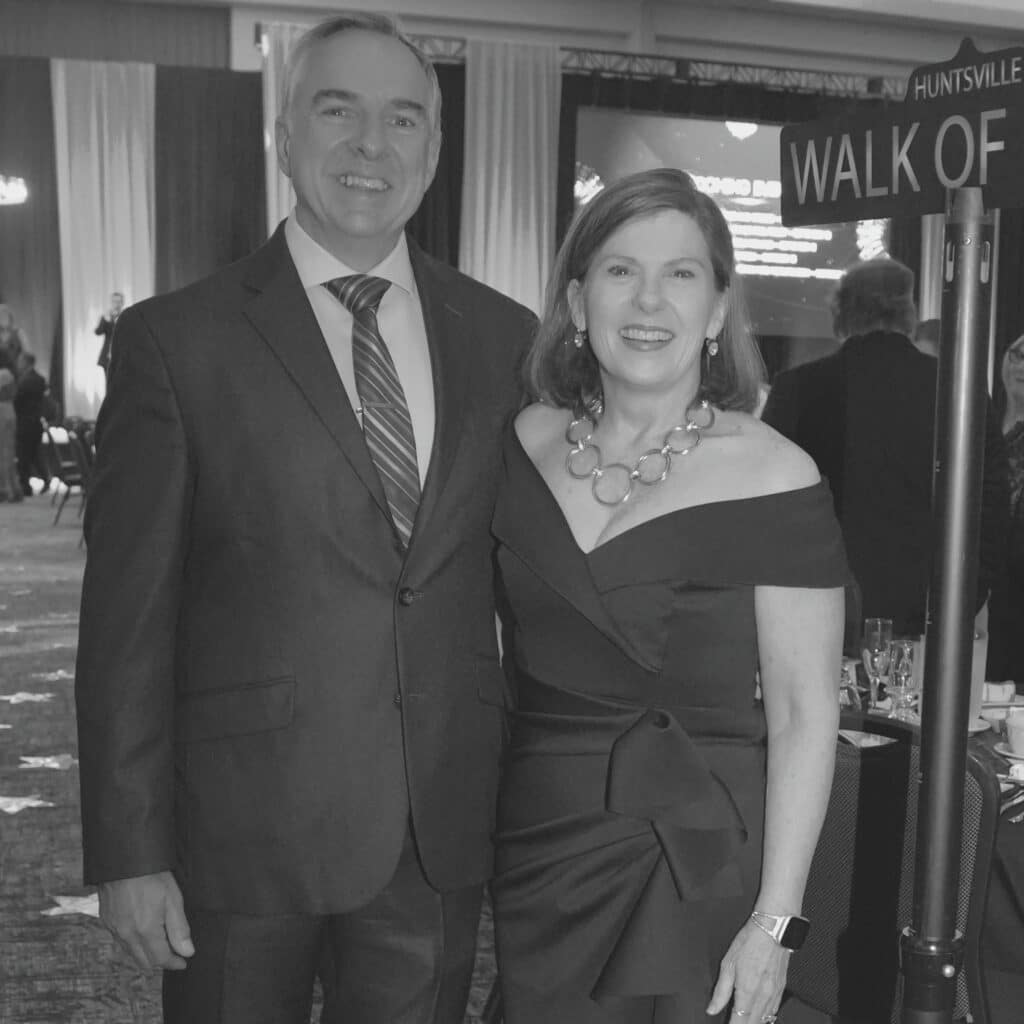10 Jun How to Conduct a Meeting – Part II
Our last blog post looked at how to establish Ground Rules for your meeting. Now, it’s time to look at how to make efficient use of your time. This means having some structure to hold everyone to the objective you have set out and making roles clear. Shorter meetings may require less structure, but these tools are critical for important meetings.
- Review the Objective – Be sure that the objective is clearly outlined to the participants to help focus everyone’s attention on the expected outcome of the meeting. If need be, it can be used to refocus the group at any time if they veer off topic.
- Agenda Review – Reviewing the agenda at the start of the meeting will help reassure the participants that there is a purpose to being there. It is also a good opportunity to gain buy-in by asking if there is anything that needs altering to ensure the overall objective is met. Showing a willingness to adjust the agenda based on participant input is a powerful tool to keep everyone engaged.
- Parking Lots – Use parking lots to keep the meeting on track. There are two parking lots that help the most, particularly for longer strategic meetings.
Issues: Use this parking lot to collect any issues that arise during the meeting. Issues are items that are not relevant to the particular meeting being held, but that need to be addressed. Or, they are items that are not fully resolved in the meeting due to lack of information or not having a critical member of the team present.
- Actions: Use this parking lot to capture any specific actions that are agreed upon, along with the name of the person responsible and an expected due date. At the end of the meeting the issues board should be reviewed, and any item that has not been resolved during the meeting will need to have a specific action created to get it resolved. Again, a responsible person needs to be identified, along with a due date.
- Personal Goals – During the opening of the meeting, after presenting the Objective and Agenda collect every participant’s idea of what will make the meeting successful. This is a great way to gain participant input as they now have a vested interest in the outcome.
- Roles – There are three key roles that need to be fulfilled for a successful meeting:
- Time Keeper – This person is solely responsible for making sure the meeting stays within the timeframe allotted. It is not necessary to keep track of each individual agenda item, but it is important that the end time is adhered to. Letting meetings run over the allotted time is a sure way of showing a complete lack of respect for the participants’ schedules.
- Scribe – To ensure an accurate record of what transpires during a meeting, it is important to have someone responsible for keeping comprehensive notes. Whether these are formal minutes will depend on the purpose of the meeting and the culture of an organization, but having a record of what was discussed, the decisions made, actions items, etc. will prove invaluable in following up.
- Facilitator – The facilitator is the person “in charge” of the meeting. They ensure that everyone participates, discussions are productive, agenda items are covered within the allotted time and ground rules are followed. Facilitators generally manage the tone and outcome of the meeting. If it feels like the meeting is running off course, it is up to the facilitator to bring it back on track and to check in with the participants if a tangential conversation feels important. The facilitator opens the meeting by setting the scene through the objectives and closes the meeting by reviewing the progress made, participants’ goals and confirming follow up actions. The facilitator is not necessarily the group leader, and for important meetings you may want an experienced outside facilitator so that everyone else can focus on participating.
Have you used some of these tools in your meetings, and if so, did you find them effective? If not, will you incorporate them into future meetings?
Related Articles
Ready to fearlessly provide feedback and get positive results?
Our Fearless Leaders MasterClass® Program will help you develop the emotional intelligence and leadership skills needed to have effective conversations.
Sign up to reduce manager overwhelm and employee turnover.


 Issues: Use this parking lot to collect any issues that arise during the meeting. Issues are items that are not relevant to the particular meeting being held, but that need to be addressed. Or, they are items that are not fully resolved in the meeting due to lack of information or not having a critical member of the team present.
Issues: Use this parking lot to collect any issues that arise during the meeting. Issues are items that are not relevant to the particular meeting being held, but that need to be addressed. Or, they are items that are not fully resolved in the meeting due to lack of information or not having a critical member of the team present.

